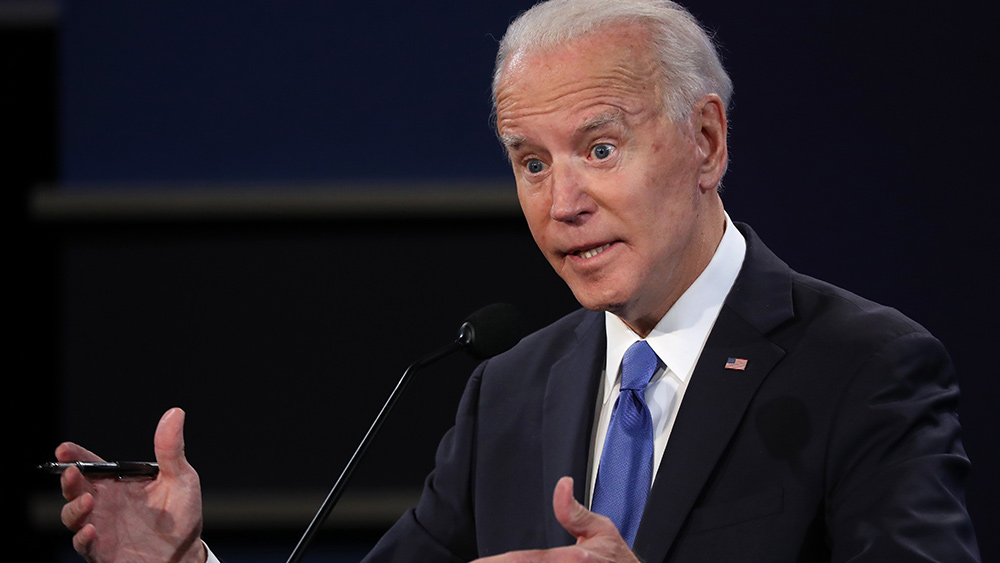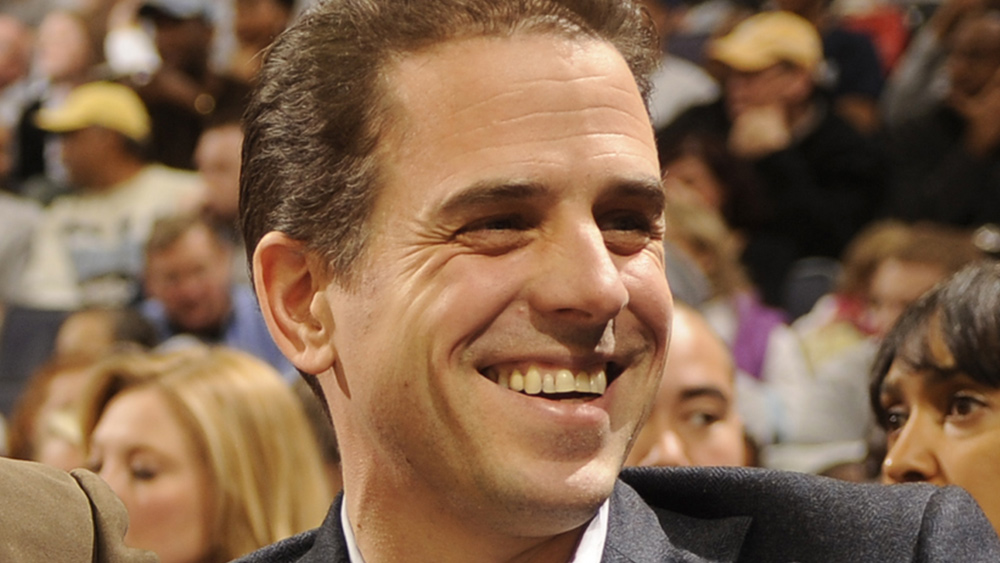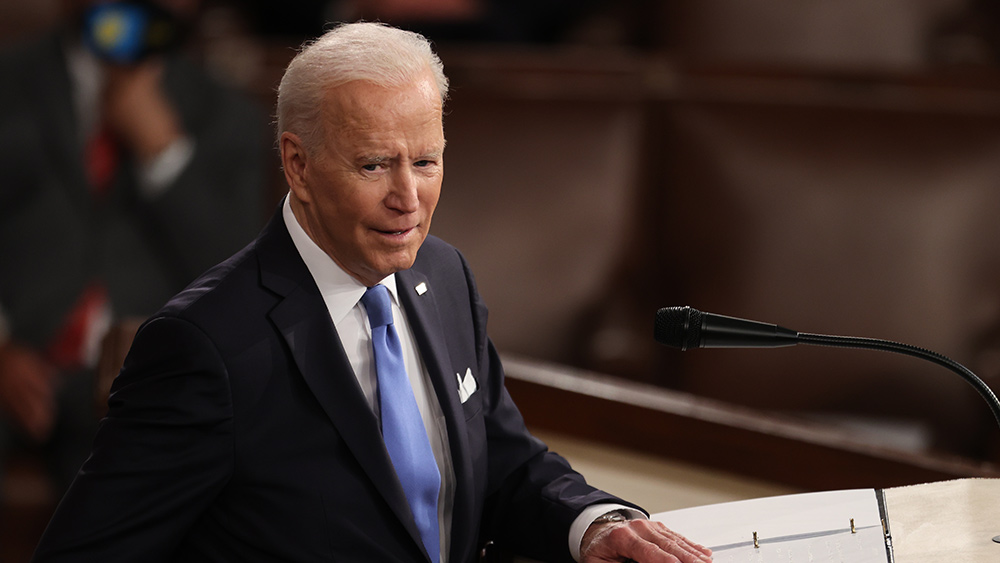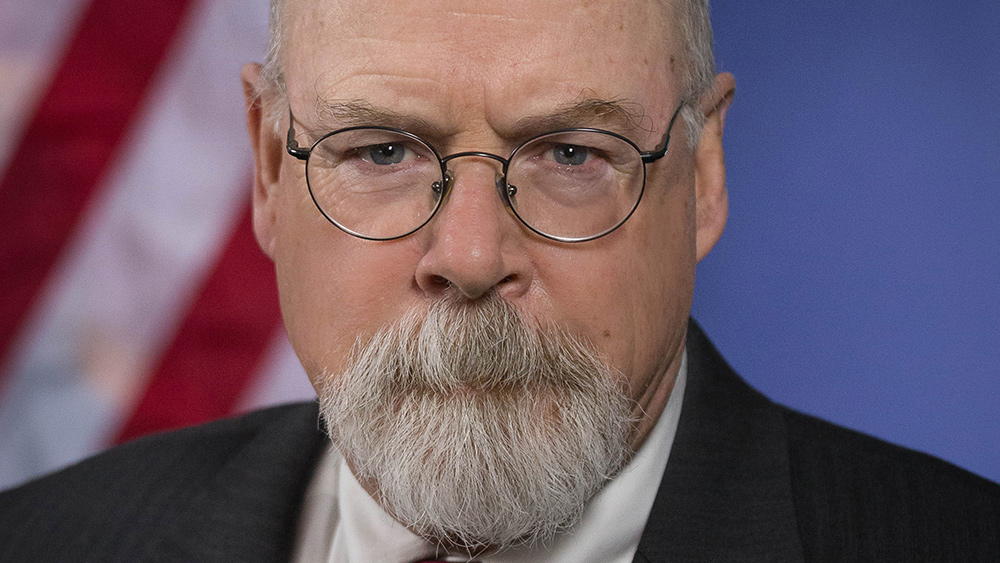SCIENCE FOR SALE: Shocking emails reveal editor of food science journal was on Monsanto’s payroll at $400 per hour
09/19/2017 / By Cassie B.

Recently released court documents reveal what many people have long suspected: Monsanto had a hand in the retraction of a groundbreaking study that left little doubt about the dangers of glyphosate in a prominent food science journal.
Monsanto will do anything to protect the reputation of Roundup and its other herbicide products – which earned them $1.9 billion in gross profits in 2015 alone – and that includes silencing their detractors.
It has now emerged that the Editor in Chief of the journal Food and Chemical Toxicology who oversaw the famous study’s retraction was on Monsanto’s payroll. This is a conflict of interest at best, and possibly something far more underhanded, and they might have gotten away with it had their lawyers succeeded in preventing their internal documents from being released in a class action lawsuit filed against the firm by cancer patients.
The study, which was carried out by Gilles Seralini, found that Monsanto’s Roundup herbicide is toxic to rats in the long term, even in very small doses. In addition to severe damage to their livers and kidneys, he found a spike in tumor rates. Moreover, the rats in his study who ate corn sprayed with Roundup or drank water laced with various doses of glyphosate died earlier than control rats on a diet of regular corn and water.
When the study was subsequently retracted by the journal, it raised more than a few eyebrows. Many people who are familiar with the way Monsanto operates suspected they were involved in the retraction somehow, and now the connection has come to light.
Journal’s editor on Monsanto’s payroll
The disclosed documents revealed that the journal’s editor, A. Wallace Hayes, had been in a consulting agreement with Monsanto during the time period leading up to his involvement in the study’s retraction.
Hayes was paid $400 an hour by Monsanto for his services, and the documents show that he was contracted to help establish a network of experts, participate in meetings, and deliver a seminar about regional issues in Latin America related to glyphosate toxicology.
Rather than recuse himself from involvement in the Seralini study given his Monsanto ties, he oversaw a “review” of the study that was carried out by unnamed parties who did not disclose whether or not they, too, had any conflicts of interest. This, he said, is what led to his decision to retract the Seralini study.
In a letter to Seralini, Hayes, who was the journal’s Editor in Chief at the time, wrote that although the study’s results were not fraudulent, he felt they were “inconclusive, and therefore do not reach the threshold of publication.” This was despite the fact that it had passed a thorough peer review process prior to being published in the first place.
Further emails show that Monsanto had other reasons for wanting the study withdrawn. They felt that the study’s publication would open them up to the possibility of other scientists and regulators calling for long-term studies on the effects of GM crops and the pesticides that go along with them.
Monsanto employee Dan Goldstein expressed concern that a third party would set out to verify the study’s claims, which would only be concerning to him if he felt they were true and likely to be confirmed. If the Seralini study really was as flawed as they tried to claim, he would welcome other parties to attempt to replicate it.
Hayes’ relationship with the journal continues to this day, where he is now an “emeritus editor”.
Systematic effort to lie, bribe, bully, and deceive
If you think this is bad, it is only scratching the surface. The court documents showed a systematic effort by the firm to deceive people into believing Roundup is not carcinogenic using any means possible, including paying off scientific journal authors and expert panel members, countering negative mentions on social media with fake science, and smearing the reputation of journalists who call their products into question.
All of this maneuvering is doing nothing more than cementing the belief in many people’s minds that Roundup is indeed toxic. If it weren’t, there would be no need to bully or bribe experts to make their products look better because the truth would speak for itself. Independent studies would find it was safe without being on their payroll, and cancer patients wouldn’t be bringing them to court.
Sources include:
Submit a correction >>
Tagged Under:
A. Wallace Hayes, bribery, corruption, Food and Chemical Toxicology journal, GMOs, Monsanto, Monsanto deception, Roundup dangers, Séralini study
This article may contain statements that reflect the opinion of the author
RECENT NEWS & ARTICLES
COPYRIGHT © 2017 GOVTSLAVES.COM
All content posted on this site is protected under Free Speech. GovtSlaves.com is not responsible for content written by contributing authors. The information on this site is provided for educational and entertainment purposes only. It is not intended as a substitute for professional advice of any kind. GovtSlaves.com assumes no responsibility for the use or misuse of this material. All trademarks, registered trademarks and service marks mentioned on this site are the property of their respective owners.



















